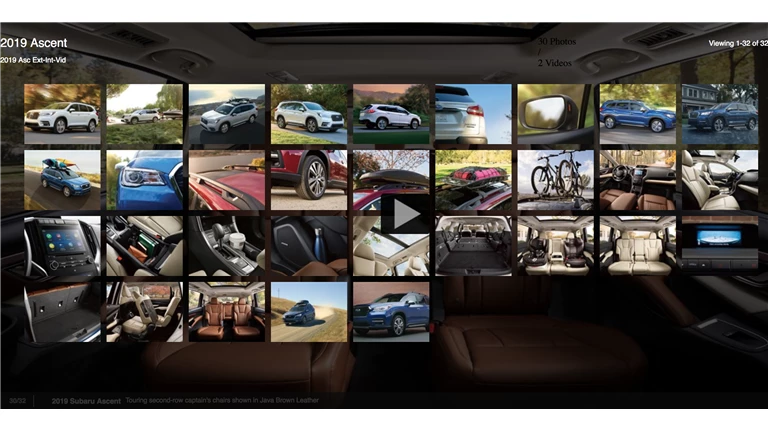As organizations of all sizes continue to face a growing requirement to provide digital touchpoints and represent their brand online, the capability to effectively manage, store and optimize digital assets is critical. With a well-structured Digital Asset Management (DAM) platform, organizations can maximize and leverage their digital capabilities, leading to increased productivity and net gains.
When it comes to effectively utilizing and managing digital assets, there are three core approaches that a DAM platform can offer. Maximizing media management, marketing portals, and support documentation are all ways to maximize the potential of digital assets and drive organizational success.
Media Management
Maximizing a platform for media management brings significant cost savings and improved organization. Media management platforms unify and streamline the organization’s media assets from content creation through to digital asset delivery. From keyword tagging to watermarking, a good digital asset management platform enables the organization to secure, protect, and organize media assets, while easily managing access and distribution across various digital points.

Commencing in 2009, Subaru leveraged the dynamic capabilities of the KNVEY Digital Experience Platform to curate thousands of media galleries for use across the organization's digital environment, including the subaru.com website and their nationwide dealer network websites, as well as to several internal media systems. This asset repository contained tens of thousands of original source images and videos, enabling the showcasing of the entire Subaru vehicle lineup. By giving names, titles, and explanations to these pictures and videos, it became easy for customers to learn about the latest safety enhancements and innovative design features available with each new vehicle model.
A great feature of a digital asset management platform is that you can just add one media file, like a picture or video, and the system automatically makes all the different versions you need. These versions are tailored for showing in just the right size on both the Subaru website and other important internal applications. This smart way of doing things makes it very easy to handle lots of different media files quickly. Even though the team working on this is spread out all over the world, they all come together using the central KNVEY Digital Experience Platform to manage weekly releases for the web site. This makes things run smoothly and contributes to substantial time and cost savings for Subaru.
Having a digital experience platform with digital asset management capabilities is vital to success and means that both the digital assets and the layout and interactive functionality are easily implemented for any site. The seamless integration with Adobe Experience Manager allowed subaru.com site managers the ability to select and place KNVEY galleries into any page, easily sharing the same media assets across the site seamlessly. Whether management of the site design was being handled by an advertising agency, an in-house design team, or a third-party design contractor, Subaru was able to create unique gallery design layouts for the site to showcase various interactive design concepts, all while never needing to worry about the dynamic image or video management.
Marketing Portals
A DAM platform can also provide the central repository to enable marketing portals for direct customer engagement, as well as internal partners and sales teams. The platform's speed, scalability, and security allows companies to easily and quickly deploy various customer facing portals that can support the sales process. Through these portals, customers can retrieve and view relevant media content, while still operating within brand guidelines.
Support Documentation
Support documentation is the third crucial application of DAM platforms. They enable the creation of support document libraries, streamlining the publication of customer support materials while ensuring their accuracy and confidentiality. DAM systems provide an efficient way to organize, store, access, and control support materials, enhancing the efficiency of customer support operations.




